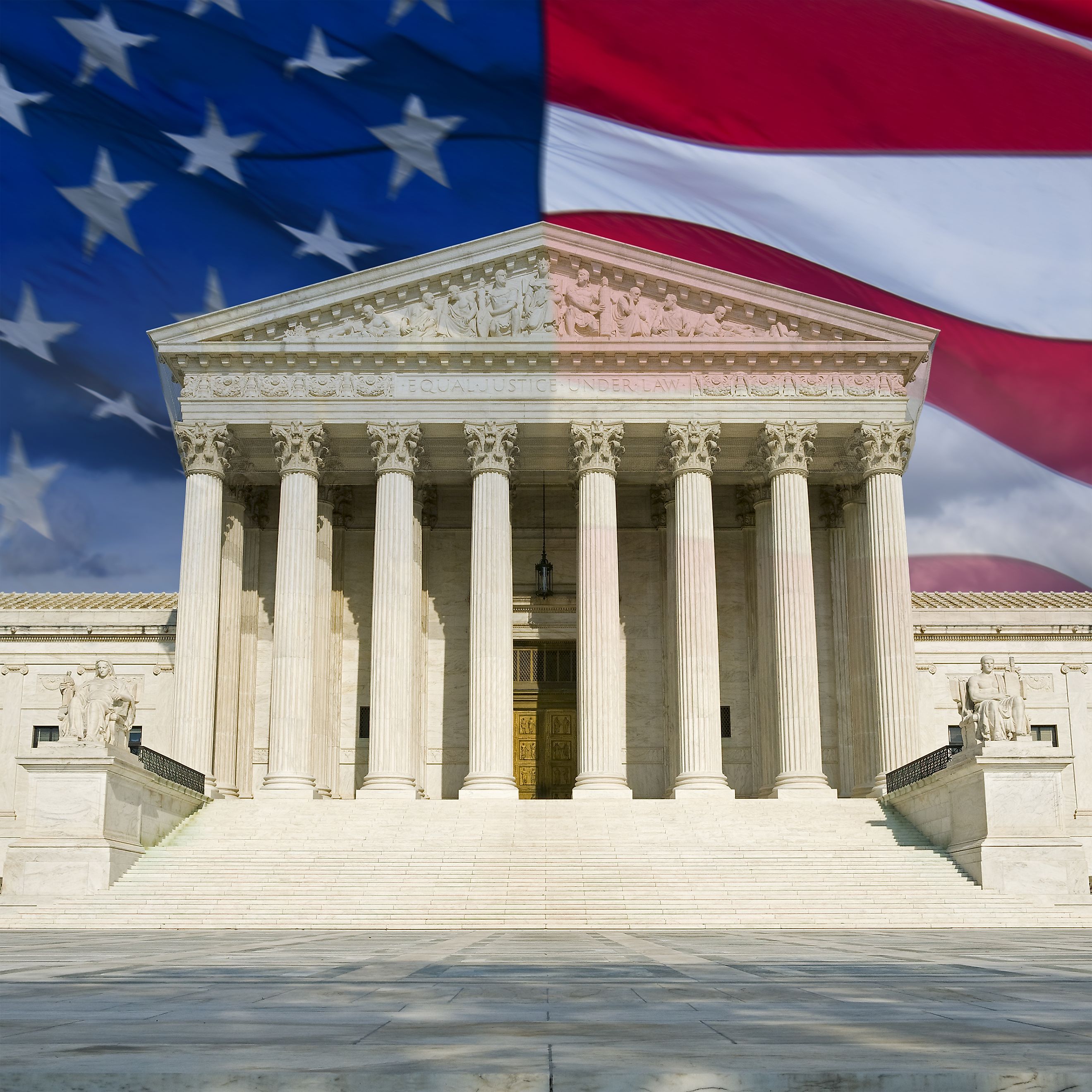
What is The Supreme Court?
The Supreme Court of the United States is the highest authority in the American judiciary. It embodies the principle of judicial review and serves as the final interpreter of the Constitution. Established by Article III of the Constitution in 1789, the Court has significantly shaped American law and governance through its landmark decisions. It acts as a crucial check and balance within the federal government, ensuring that neither the legislative nor executive branches exceed their constitutional limits.
The Court's decisions impact various aspects of American life and legal precedents. Explore the structure, functions, historical significance, and key cases of the Supreme Court, offering an insight into its essential role in the US legal system.
The Origins of the Supreme Court
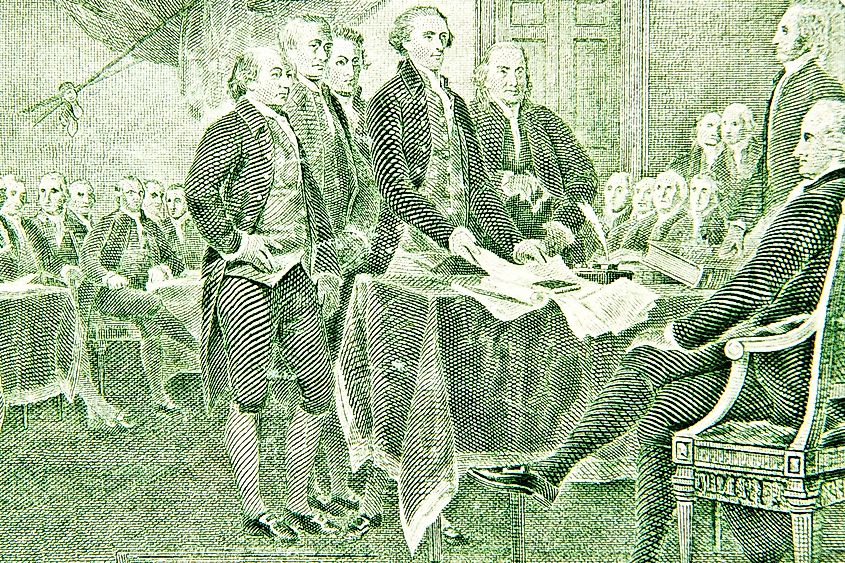
Declaration of independence from the two dollar bill.
The Supreme Court of the United States was created by the Constitution in 1789, based on the Founding Fathers' vision for a strong judicial system to interpret laws and ensure justice. It began with just six justices appointed by President George Washington. The court's important role was confirmed through key decisions like Marbury v. Madison in 1803, which established judicial review. This allowed the Court to nullify laws that conflicted with the Constitution, ensuring checks and balances among the government branches.
Over time, the number of justices has changed, and the Court has grown into a powerful institution that addresses complex legal issues in a changing society. Its origins reflect the enduring principles of democracy, upholding the rule of law while protecting individual rights and liberties.
What is the Supreme Court?

The Supreme Court of the United States is the highest authority in the federal judiciary, mainly responsible for interpreting the Constitution and federal laws. It consists of nine justices, including one Chief Justice, and reviews cases with significant legal or constitutional impacts. The Court addresses issues from civil rights to federal regulations, ensuring laws adhere to constitutional principles. Its decisions set precedents that guide lower courts and influence American law.
Through judicial review, the Court can invalidate unconstitutional legislative and executive actions, maintaining checks and balances among the three branches of government. Its rulings not only affect legal outcomes but also reflect and shape societal values in American democracy.
You May Also Like: What Is The United States Electoral College?
Main Responsibilities of the Supreme Court
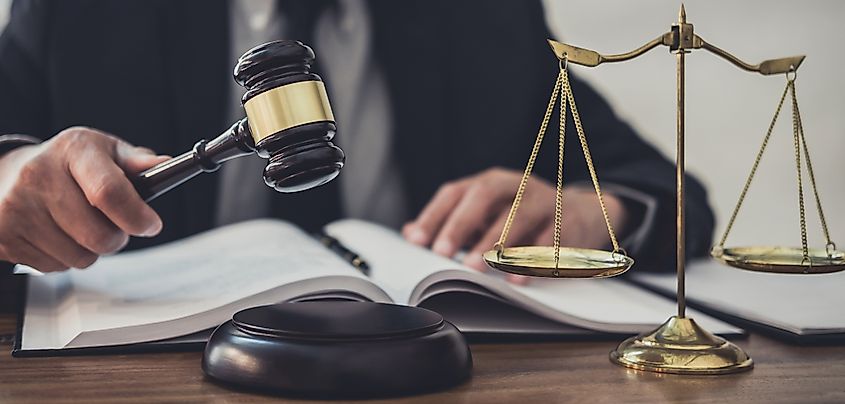
The Supreme Court has several critical responsibilities that impact American law and society. Its main role is to interpret the Constitution, making sure laws and executive actions align with constitutional principles. This includes resolving disputes between states, affecting federalism and state sovereignty. The Court also protects individual rights by reviewing cases related to civil liberties, like freedom of speech and due process. With its power of judicial review, the Supreme Court can strike down laws or unconstitutional executive actions, keeping the checks and balances of American governance intact. Additionally, the Court sets legal precedents through its rulings, guiding lower courts and shaping future interpretations of the law. These duties ensure justice is served and the rule of law is upheld in a complex society.
How Supreme Court Justices are Appointed
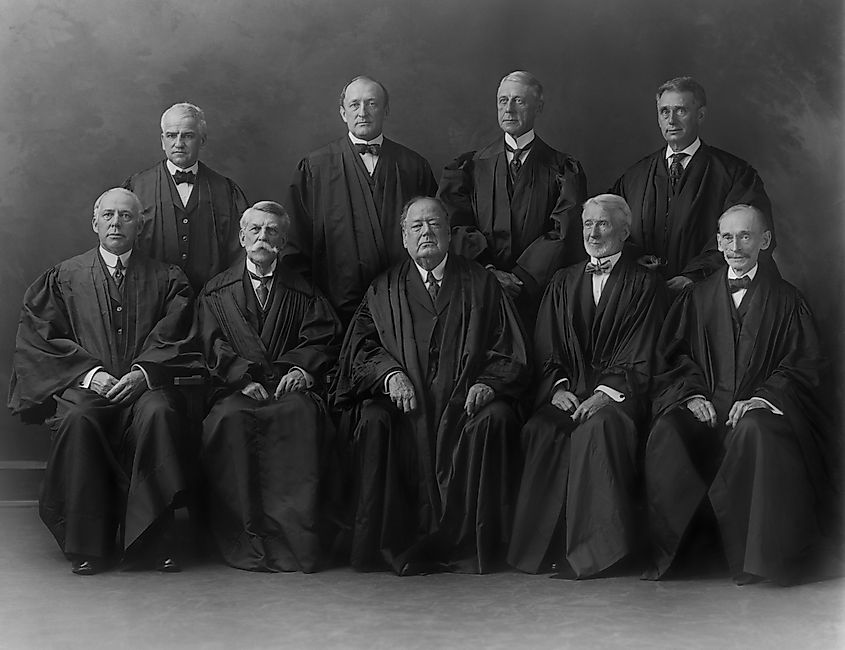
White Court. United States Supreme Court group portrait. Center Front is Chief Justice, Edward D. White Ca. 1915.
The appointment of Supreme Court justices follows a process outlined in the US Constitution. Article II, Section 2 gives the President the power to nominate justices with the Senate's advice and consent. When a vacancy occurs, usually due to retirement or death, the President consults advisors and may consider recommendations from senators, especially those from the same party.
Once a nominee is chosen, the process starts with thorough background checks and hearings by the Senate Judiciary Committee. During these hearings, the nominee discusses their qualifications, judicial philosophy, and views on the Constitution. After the hearings, the committee votes on whether to send the nomination to the full Senate. A simple majority vote in the Senate is needed to confirm the nominee, who then receives a lifetime appointment to the Supreme Court, ensuring some independence from political pressures.
Landmark Cases in Supreme Court History
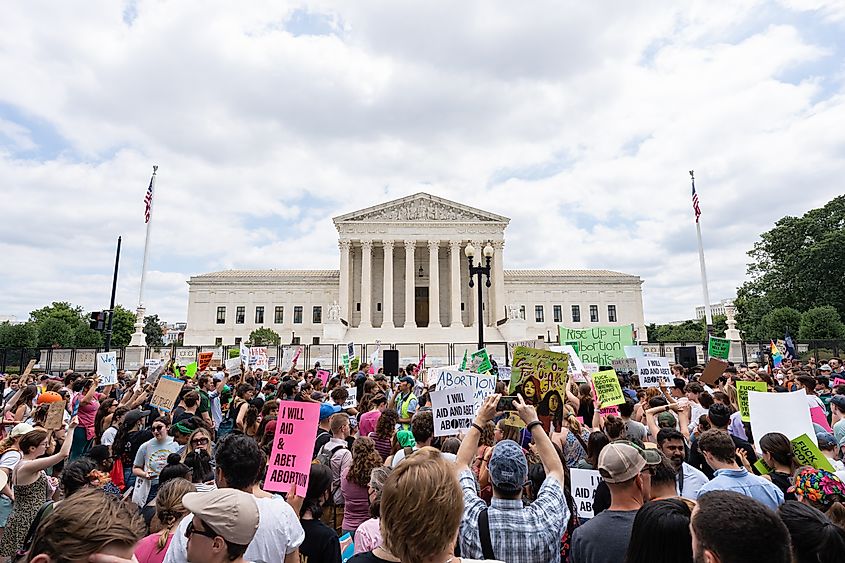
Throughout its history, the Supreme Court has decided many landmark cases that have significantly influenced American society and law. For example, Brown v. Board of Education (1954) was crucial in ending racial segregation in public schools, stating that "separate but equal" facilities were inherently unequal. In Roe v. Wade (1973), the Court established a woman's right to privacy regarding reproductive choices, legalizing abortion, which the Supreme Court overturned in June 2022. Miranda v. Arizona (1966) strengthened the rights of individuals in police custody, requiring law enforcement to inform suspects of their rights to remain silent and have legal counsel. These cases not only shaped the legal landscape but also affected social attitudes and public policy, showing the Supreme Court's important role in guiding American values. The Court's decisions continue to be important references in current legal debates.
The Supreme Court's Decision-Making Process

The Supreme Court's decision-making process is thorough and structured, involving several key steps. It starts with accepting cases when at least four justices agree to hear an appeal, called the "rule of four." Once a case is accepted, both sides submit written briefs outlining their arguments. The justices then hold oral arguments, where lawyers from each side present their case and answer questions from the justices. After these arguments, the justices meet to discuss the case and cast their votes. The majority opinion, reflecting the court's ruling, is drafted and circulated among the justices for feedback. Justices who disagree with the majority ruling may write dissenting opinions. This detailed process ensures that decisions are carefully considered and upholds the principles of justice, maintaining the integrity of the judicial system.
The Impact of Supreme Court Decisions
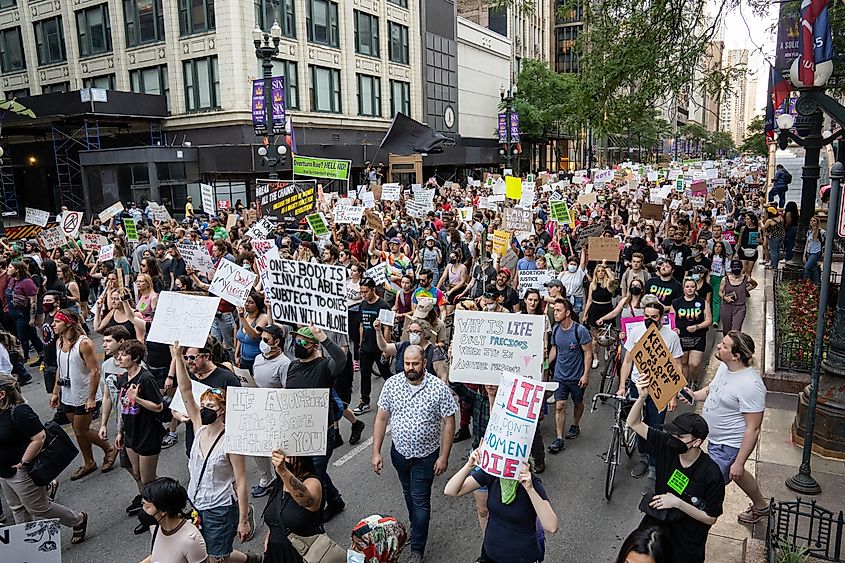
Supreme Court decisions play a crucial role in shaping American society and law, often leaving an impact that lasts for generations. By interpreting the Constitution, the Court helps define civil liberties, individual rights, and the balance of governmental powers. Landmark rulings, like Brown v. Board of Education, not only ended legal segregation but also ignited nationwide movements for civil rights and social justice. Decisions such as Roe v. Wade have deeply influenced debates on reproductive rights, sparking both support and opposition, with effects seen in legislation and politics. The Court's power of judicial review allows it to nullify conflicting laws and uphold constitutional principles. As society changes, the Supreme Court continues to reflect and refine the legal landscape, serving as a key institution in the ongoing dialogue about freedom, equality, and justice in America. Ultimately, it shapes the nation's values and guides its legal framework for future generations.
Engaging with Civic Responsibility
The Supreme Court is a cornerstone of American democracy, upholding constitutional principles and shaping the nation's legal landscape. Its decisions impact every part of society, influencing public policy, protecting civil liberties, and balancing powers. Every citizen needs to understand the Supreme Court's history, functions, and responsibilities. This knowledge helps us appreciate our judicial system and the significant effects of its rulings.
Dive deeper into the Supreme Court by engaging in community discussions, attending public lectures, and reading landmark case studies. Being informed makes you better equipped to contribute to our democratic society.